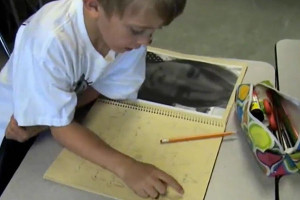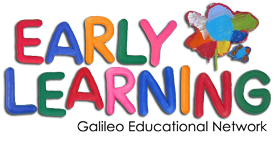
 One effective way for both parents and educators to help a child’s learning is through connecting new situations to ones already understood by the child. For example, when reading a book about African animals, a parent might use the opportunity to remind the child of a previous trip to the zoo. The most effective teachers help children make connections among different aspects of their students’ knowledge.
One effective way for both parents and educators to help a child’s learning is through connecting new situations to ones already understood by the child. For example, when reading a book about African animals, a parent might use the opportunity to remind the child of a previous trip to the zoo. The most effective teachers help children make connections among different aspects of their students’ knowledge.
Even young children, however, have their own perceptions and experiences, and teachers must recognize and determine where they’re coming from, in order to guide them towards learning something new.
Children are capable of becoming responsible for their own learning. They are natural problem solvers and problem generators. Gradually, children gain more insight into their own learning. They become aware of their strengths and weaknesses, and the demands of the task at hand. They can reflect on their own learning and correct any errors they’ve made. This is referred to metacognition – it’s a self-reflective skill essential to learning. If children lack insight into their own learning abilities, it’s difficult for them to make their way through a task. Metacognition is dependent on knowledge as well as experience.
Strategies for Learning: From a young age, children are capable of devising internal learning strategies. For example, when given a list of random items to memorize, one learning strategy would be to mentally group the items into broader categories. These strategies have a practical significance for learning and they are refined and tailored to suit the particular task at hand.
How do children come up with these strategies in the first place? According to Bransford, Brown and Cocking, three key findings have been determined:
- Discoveries are not made in response to failure, but rather in response to successful performance.
- Short-lived transition strategies often precede more enduring approaches.
- The generalization of new learning approaches occurs very slowly. Children often generate useful new strategies without ever generating ones that are conceptually flawed.
This video, about a class of Grade 2 students learning to draw self-portraits, serves as an example of the above-mentioned evolution in learning. It is also illustrative of effective teaching.

